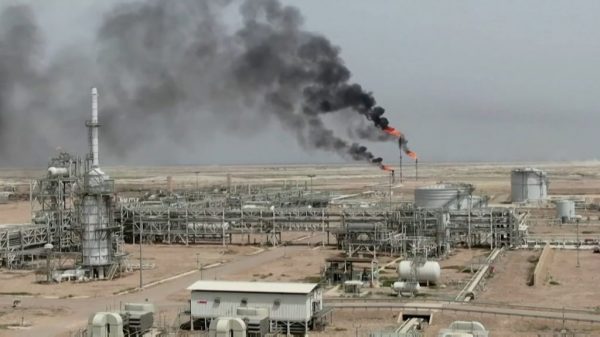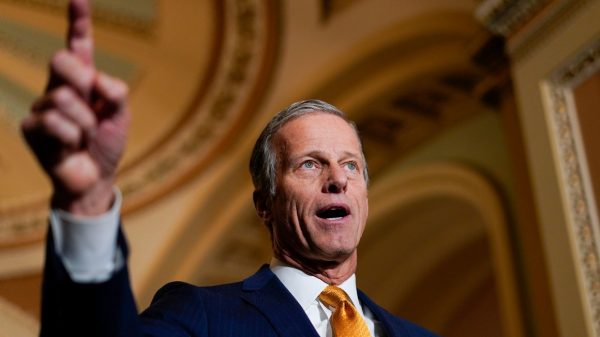Authors of a new report on Africa’s climate warn the continent is heating up more and faster than other regions in the world, and they said Africa needs immediate financial and technological assistance to adapt to the warming environment.
The African continent is home to 17% of the global population but is responsible for less than 4% of greenhouse gas emissions, which are leading to climate change.
The report finds changing precipitation patterns, rising temperatures and extreme weather triggered by climate change are happening globally, but notes these events are occurring with greater frequency and intensity in Africa.
Secretary-General of the World Meteorological Organization, Petteri Taalas said there were 700 major disasters on the continent last year. He said more than half have been flooding events, and one-sixth have been storming and drought events, respectively.
“We have seen almost 100 million people who have suffered of food insecurity, and they needed humanitarian assistance … and the combined events of conflicts, climate hazards, and especially this COVID-19, they have been contributing to the increase of 40% of food insecurity,” Taalas said
This multi-agency report, entitled State of the Climate in Africa 2020, was coordinated by the World Meteorological Organization, with the help of the African Union Commission and various U.N. agencies.
The report finds the warming trend over the last three decades in all African subregions was stronger than in the previous 30 years. During this period, it said Africa has warmed faster than the global average temperature over land and ocean combined.
It said higher-than-normal precipitation and flooding predominated in places such as the Sahel, the Rift Valley, and the Kalahari basin. At the same time, dry conditions prevailed in the northern coast of the Gulf of Guinea and other locations, while drought in Madagascar triggered a humanitarian crisis.
Taalas said sea-level rise is threatening many coastal cities in Africa, like Lagos, Nigeria’s economic hub and a major financial center in Africa. He said climate change also is having a devastating impact on the last remaining glaciers in East Africa.
“The three African glaciers, Mount Kenya, the Rwenzori, and Kilimanjaro —and you can see that there has been a major loss of the sea ice area and also sea ice mass,” Taalas said. “And if the current trends continue, we will not see any glaciers in Africa in the 2040s.”
The African Union Commission reports adaptation costs in sub-Saharan Africa are estimated at $30 billion to $50 billion, equivalent to two to three percent of regional gross domestic product each year over the next decade.
However, it notes the cost of doing nothing will be much higher. By 2030, it said up to 118 million extremely poor people will be subject to devastating impacts of drought and intense heat. It adds subsequent displacement and migration consequently will lead to a further 3% decrease in GDP by 2050.














































